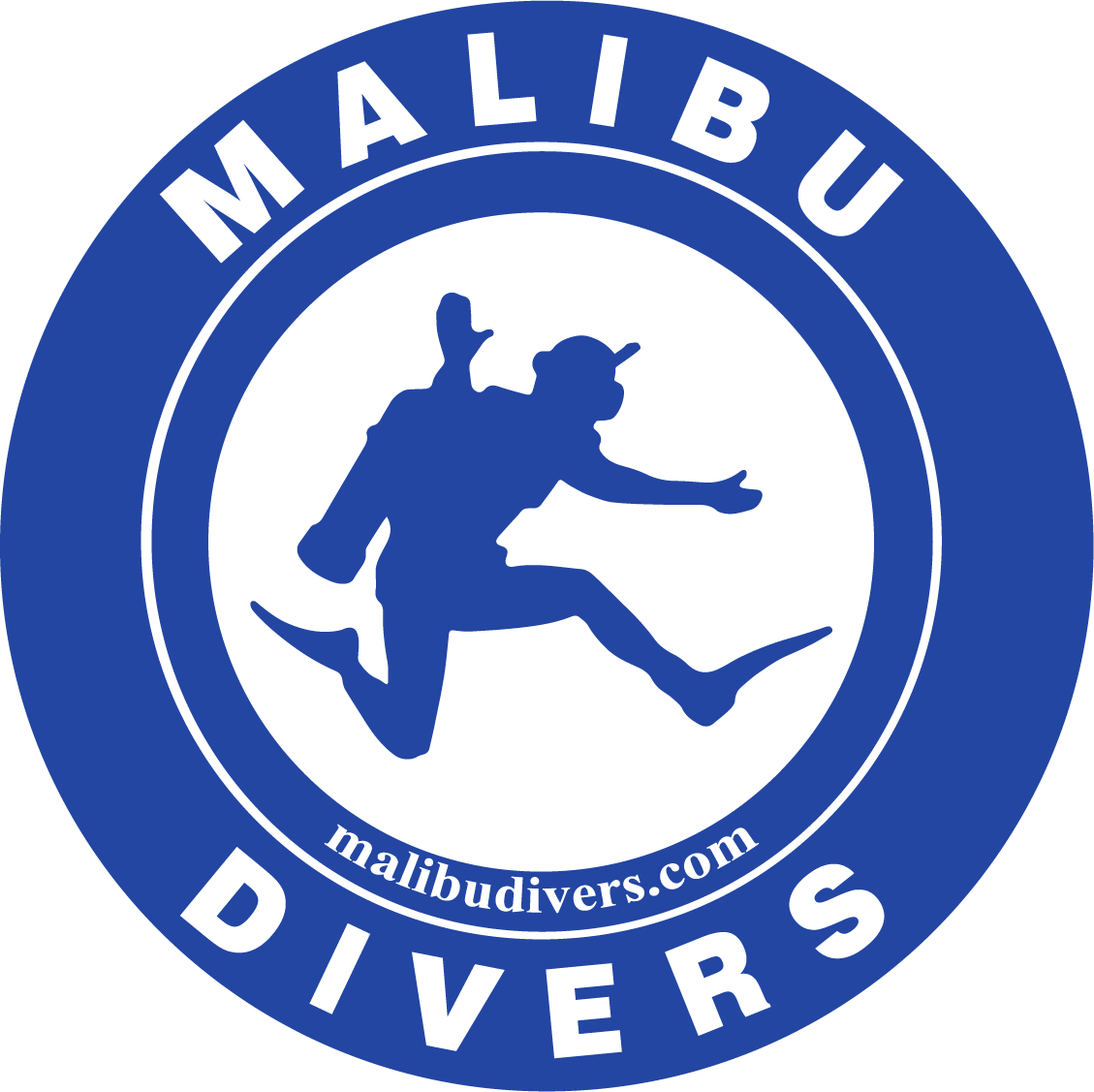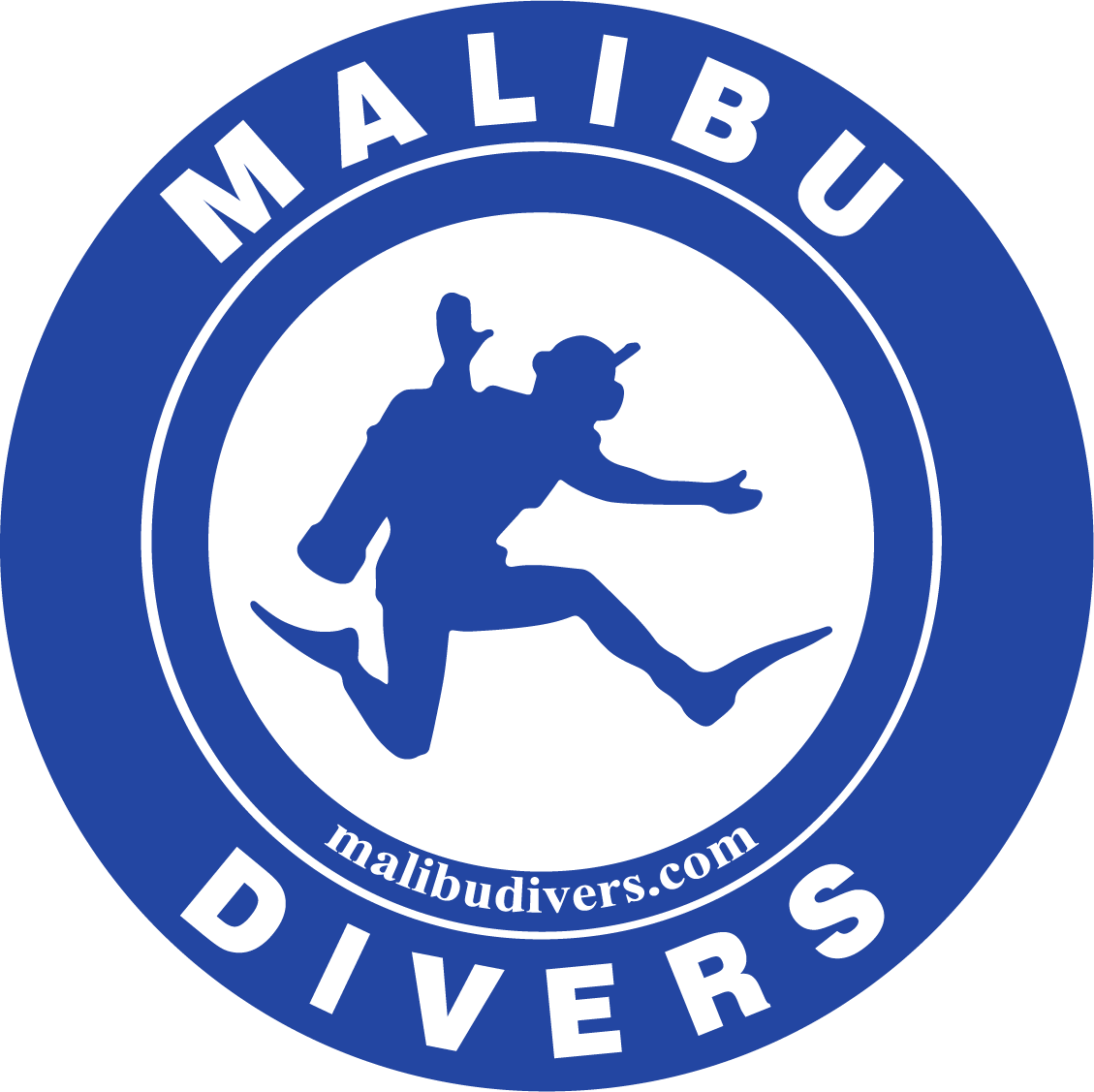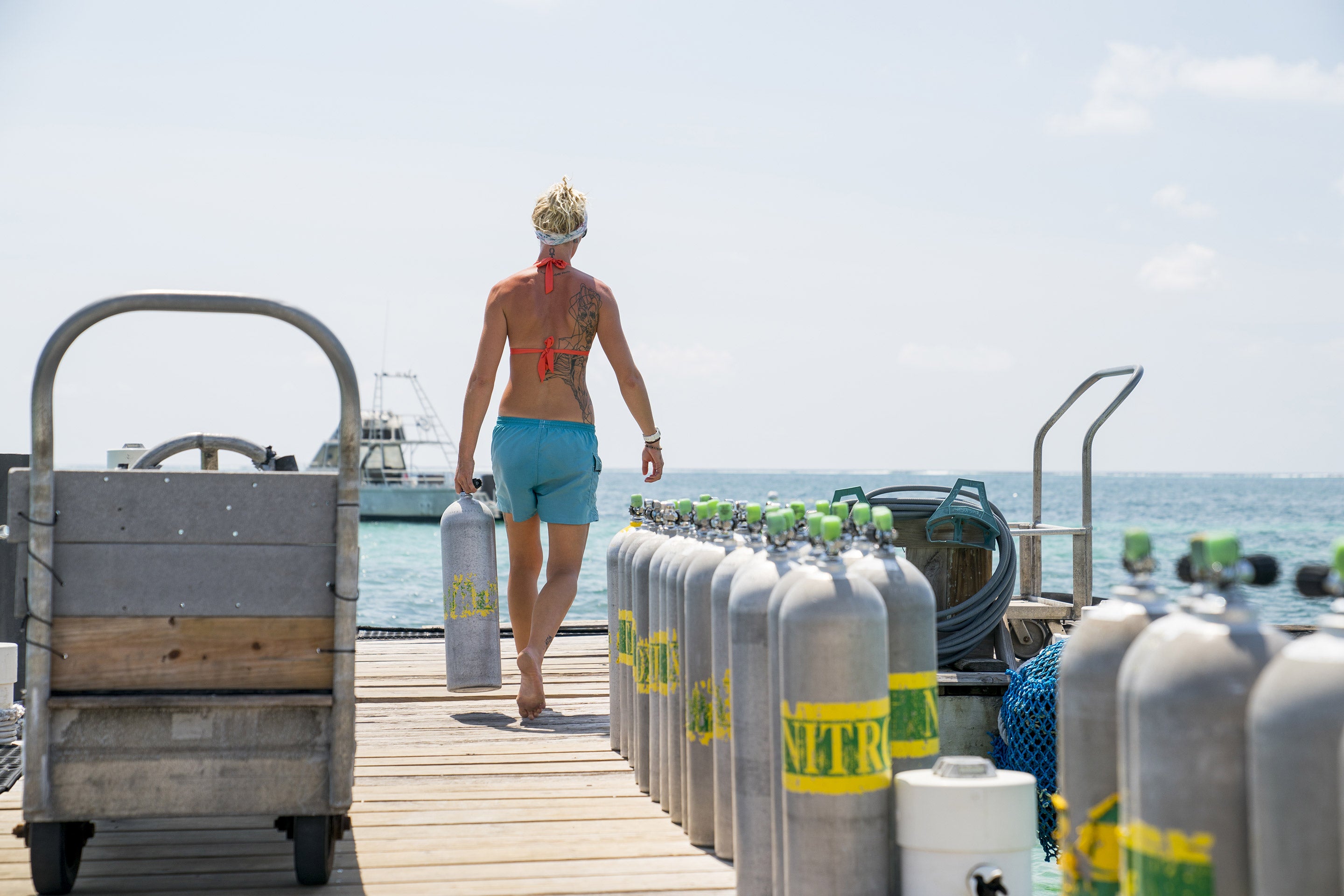It's tough to tell, sometimes, what's true and what's not when it comes to much these days in life and in diving. The same holds true with enriched air diving.

Los Angeles, CA – August 15, 2022
With today's entry, we hope to dispel some fiction and perhaps confirm some facts as we delve into the facts and fallacies of enriched air diving or what’s more commonly called Nitrox or EANx.
Not Without Risks: Although some think that using enriched air may be more dangerous than just using compressed air, with proper training this is simply not true. All diving comes with some associated risks. This is not to say that using it is any safer though because statistically speaking, injury in diving is low risk.
- The added benefit of nitrox is negligible in regards to risk.
- One truth is, with enriched air diving, it does increase the possibility of oxygen toxicity if you are careless and deep dive beyond the depth limits.
- Of course, fire and explosion is a potential hazard if you are filling the tanks that may be using 100% oxygen tanks.
- A few other things to keep in mind is you have to make sure the tank(s) you analyze are the tanks you end up diving. We do know of stories of divers tanks getting switched with other divers tanks either by unscrupulous divers or poor tank management. Once you analyze your tank, you don’t let it out of your sight or have a reliable way to confirm your tank before diving.
- Also, if you forget to change your dive computer settings to air after a nitrox dive or you don’t put the correct percent nitrox in it, you may mistakenly dive beyond your no decompression limits (NDL).
Extended Dive Times: Scuba diving with an enriched air mixture will however be able to extend diving times. In fact, using enriched air can nearly double the amount of time you can stay submerged. It does this by reducing the amount of nitrogen absorbed into your blood. For example, on a 32% EANx mix, a 60 foot dive’s no decompression limit goes from approximately 55 minutes to 90 minutes.
Repetitive Dives: While diving with enriched air also allows for longer no-decompression times on the first dive of the day as we just illustrated. Divers using a mix can also enjoy the freedom of making more repetitive dives on the same day. Also, successive dives for longer periods will be possible. Using our previous example, let’s say we had a one hour surface interval, and then returned to dive to 60 feet. Our no decompression limit now on our second dive goes from approximately 30 minutes to 80 minutes. As safe divers, we’d never dive to the limits but it does illustrate the large increase in bottom time available.
Shortens surface interval: Sometimes we have limited time or we want to make more dives in a day safely. This is because a diver using enriched air reduces the amount of time needed out of the water to minutes instead of hours. Enriched air again is a winner, because it provides us with the added benefit of being able to get back into the water sooner due to decrease in nitrogen absorption. To illustrate this principle, if we desire to maximize our bottom time on 2 dives, the first dive to 60 feet (NDL 55 minutes) and 50 feet (NDL 73 minutes). On air, we would need a surface interval of 2 hours 51 minutes. On 32% EANx, we’d need 3 minutes of surface interval for the same amount of dive time and depth.
Reduce the Bends: As well, this enriched air mixture could reduce the risk of you getting decompression sickness sometimes experienced under normal diving conditions by other divers. The bends can be caused by an excess amount of nitrogen being built up in your system and your body's inability to off-gas itself quickly enough. Keep in mind that you can still get decompression illness if you exceed your no decompression limits or rapidly ascend from any dive or hold your breath, regardless of the type of compressed air. Also the risk of decompression sickness (DCS) is thought to be higher if a diver is tired, cold, sick, thirsty or overweight. So maybe reducing your risk of decompression sickness even a little bit is important to you.
Lessened Fatigue: Although not supported by multiple scientific studies, some divers report feeling less tired after using enriched air during dives as opposed to breathing regular air. This may be due to the body not having to use as much energy to off-gas the nitrogen buildup in their systems.
Additional Cost vs Value: While enriched air dives provide more time underwater. We have to be realistic about the price you pay for nitrox versus the value of that time. Most nitrox fills or the rental of nitrox tanks will cost 2x times the cost of a regular air. Oftentimes, when traveling to a resort or dive liveaboard boat, you might be able to get nitrox fills included or at a reduced cost. However, if not and your air consumption may limit the amount of time underwater, then any additional time enriched air may provide, may not be of value to you. For example, if you’re doing a single beach dive to less than 30 feet, do you really need nitrox to extend your bottom time? If you’re doing a dive to 60 feet on 32% EANx, are you realistically going to have enough air to do a 60 minute dive? But if you’re looking to do repetitive and longer dives in one day or have limited time, it’s a significant game changer to have enriched air.

It has long been known that scuba diving with or without using an enriched air mixture has its benefits and its inherent risks. However, proper education and training in the matter can serve to alleviate most concerns. To learn more about anything about enriched air diving and scuba diving related, please contact us. We'll be glad to help answer any questions or concerns you may have.



Share:
ALL is Lost?
Is This Fish Safe To Eat?